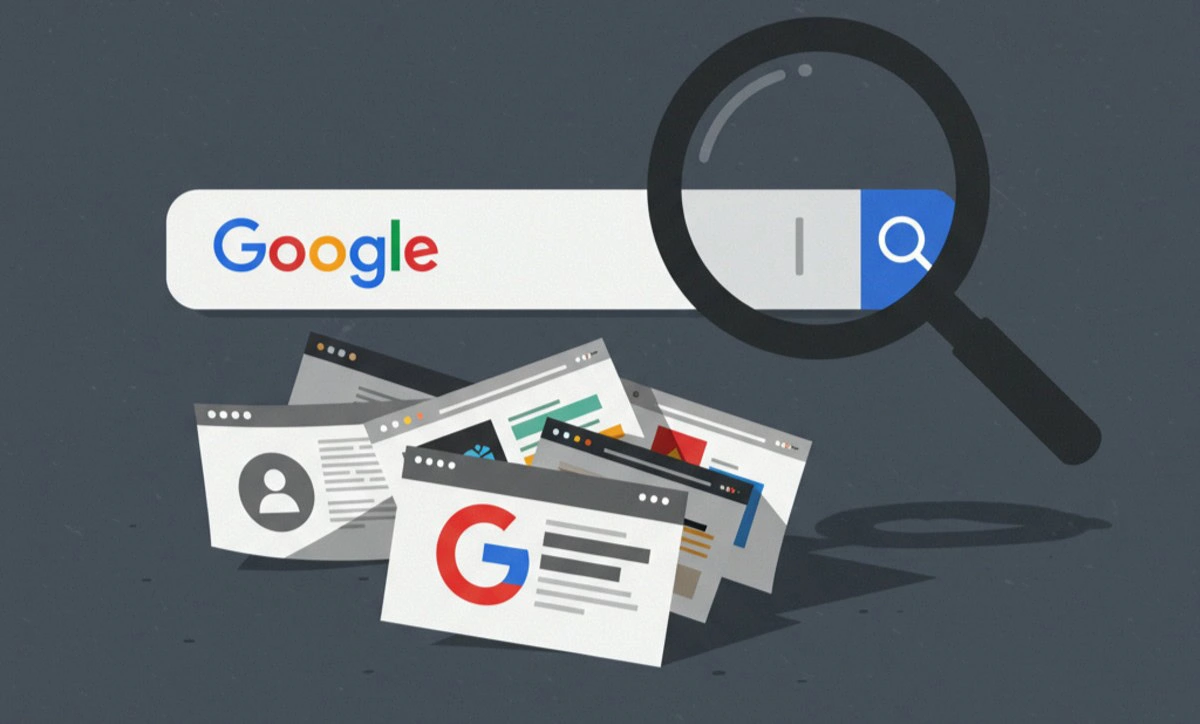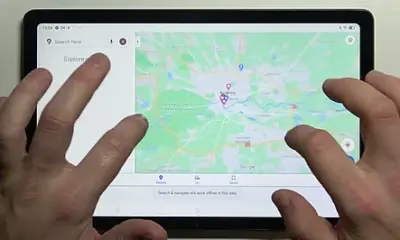Technology
Google Adjusts AI Search to Highlight More Website Links

Google is implementing significant changes to its AI Mode search feature, prioritizing the display of website links. This shift comes in response to user feedback and addresses concerns regarding web traffic for publishers. While the company has previously asserted that its AI features do not negatively impact search traffic, recent adjustments indicate a willingness to enhance link visibility.
Enhancing Link Visibility in AI Mode
According to Robby Stein, Vice President of Product at Google Search, the company is actively refining how links appear within its AI Mode. This adjustment isn’t merely cosmetic; it reflects a strategic decision based on user interaction data. Google has discovered that users are more inclined to click on links when they are integrated within AI-generated responses, particularly when additional context is provided.
To implement this, Google is rolling out embedded link carousels in AI Mode for desktop users, with plans for mobile support to follow. These carousels will showcase multiple source links directly within the AI-generated answers, facilitating easier access to original content. Furthermore, Google is enhancing its models to improve the presentation of inline links, which are directly embedded within the text. This initiative aims to transform the AI’s responses into gateways to further information, rather than standalone conclusions.
Expanding the Web Guide Feature
In addition to link enhancements, Google is expanding its “Web Guide” experiment from its Labs into the main Search page. This feature utilizes AI to organize and present the most relevant links, even for complex queries. The expansion signals Google’s attentiveness to the needs of both users and content creators who seek to trace back to original sources behind AI summaries.
Despite these proactive measures, Google maintains that overall traffic trends remain stable and unaffected by its AI tools. Yet, these modifications suggest a deeper commitment to balancing the efficiency of AI with the necessity of maintaining visibility for human-generated content. As Google navigates this landscape, it aims to cater to users who demand more control over their search experiences, as well as to publishers seeking enhanced exposure.
Ultimately, this shift reflects a growing recognition of the importance of human-created content in an increasingly automated world. As Google continues to refine its AI capabilities, the hope is that these changes will yield positive outcomes for both users and content creators alike.
-

 Technology4 months ago
Technology4 months agoDiscover the Top 10 Calorie Counting Apps of 2025
-

 Health2 months ago
Health2 months agoBella Hadid Shares Health Update After Treatment for Lyme Disease
-

 Health3 months ago
Health3 months agoErin Bates Shares Recovery Update Following Sepsis Complications
-

 Technology3 weeks ago
Technology3 weeks agoDiscover 2025’s Top GPUs for Exceptional 4K Gaming Performance
-

 Technology2 months ago
Technology2 months agoElectric Moto Influencer Surronster Arrested in Tijuana
-

 Technology4 months ago
Technology4 months agoDiscover How to Reverse Image Search Using ChatGPT Effortlessly
-

 Technology4 months ago
Technology4 months agoMeta Initiates $60B AI Data Center Expansion, Starting in Ohio
-

 Technology4 months ago
Technology4 months agoRecovering a Suspended TikTok Account: A Step-by-Step Guide
-

 Health4 months ago
Health4 months agoTested: Rab Firewall Mountain Jacket Survives Harsh Conditions
-

 Lifestyle4 months ago
Lifestyle4 months agoBelton Family Reunites After Daughter Survives Hill Country Floods
-

 Technology3 months ago
Technology3 months agoUncovering the Top Five Most Challenging Motorcycles to Ride
-

 Technology4 weeks ago
Technology4 weeks agoDiscover the Best Wireless Earbuds for Every Lifestyle


















